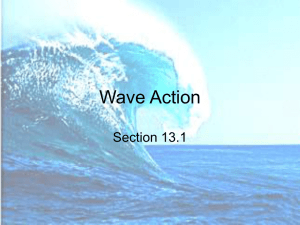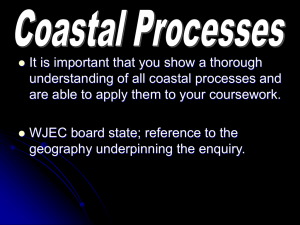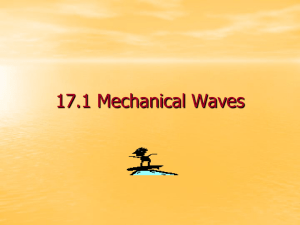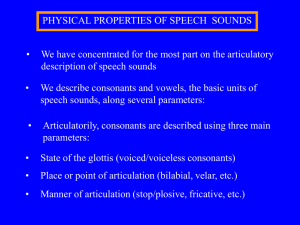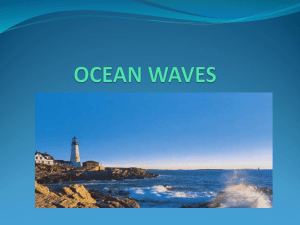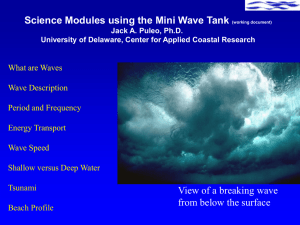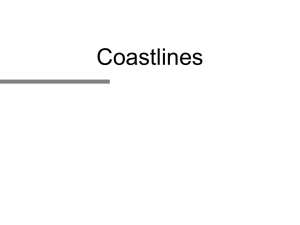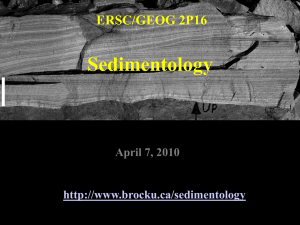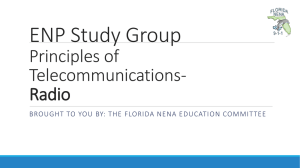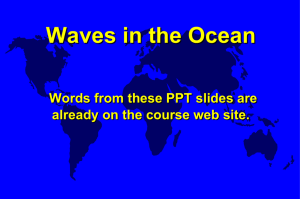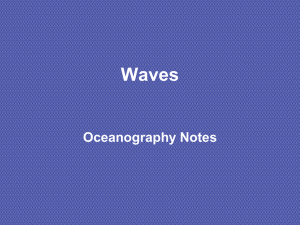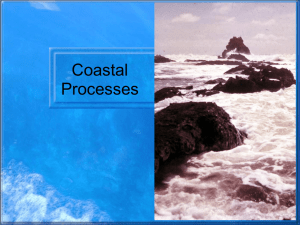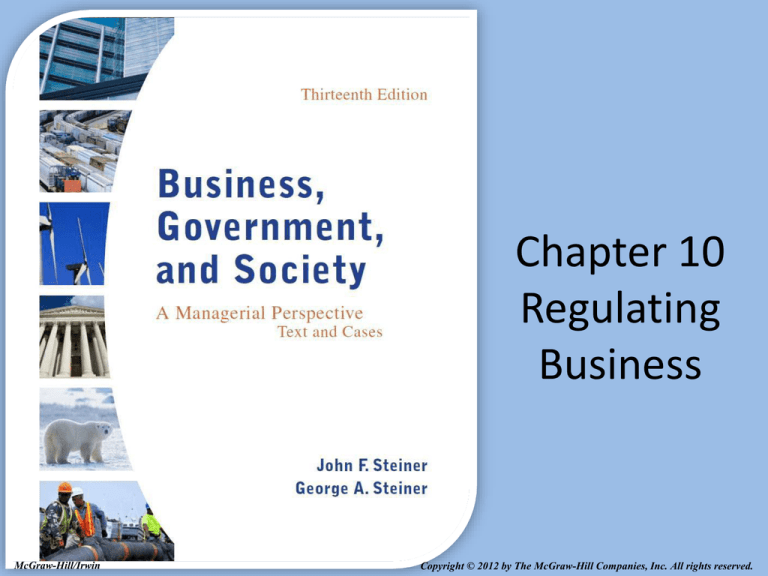
Chapter 10
Regulating
Business
McGraw-Hill/Irwin
Copyright © 2012 by The McGraw-Hill Companies, Inc. All rights reserved.
The Federal Aviation Administration
o Every commercial suborbital flight or reentry of a
spacecraft from orbit must be licensed by the Federal
Aviation Administration (FAA)
o The FAA is one of 14 regulatory agencies, boards,
and offices in the huge regulatory conglomerate
known as the Department of Transportation
10-2
The Federal Aviation Administration
o The FAA enforces codified license requirements
covering hundreds of pages
o Before issuing a launch license the FAA makes
elaborate use of statistical models
10-3
Reasons for Government Regulation of
Business
o Two circumstances justify regulation of the private
sector:
o When flaws appear in the market that lead to
undesirable consequences
o When sufficient social or political reasons for
regulation exist
10-4
Flaws in the Market
10-5
Social and Political Reasons for Regulation
Socially desirable goods and services
Socially desirable production methods
Resolution of national and global
problems
Regulation to benefit special interests
10-6
Figure 10.2 - Historical Waves of
Government Regulation of Business
10-7
Waves of Growth: Wave 1
o During this period, regulations were predominantly
promotional for business
o Early offices that performed regulatory functions
were the Patent and Trademark Office (1836), the
Copyright Office (1870), and the Bureau of fisheries
(1871), and the Comptroller of the Currency (1863)
10-8
Waves of Growth: Wave 2
o In 1887 Congress built the prototype of the modern
federal regulatory authority when it created the
Interstate Commerce Commission (ICC) to regulate
railroads
o Independent regulatory commission: A regulatory
agency run by a small group of commissioners
independent of political control
10-9
Waves of Growth: Wave 2
o In 1914 the Federal Trade Commission (FTC) was
established in response to the large, dominant trusts in
many industries
o By the early 1930s there were seven more new
federal agencies and commissions regulating business
10-10
Waves of Growth: Wave 3
o To deal with the economic catastrophe of the Great
Depression, President Roosevelt proposed the New
Deal a series of programs to bring “Relief, Recovery,
and Reform”
o The new laws were quickly challenged in the courts
and the Supreme Court, in a unanimous decision,
declared the National Industrial Recovery Act to be
unconstitutional
10-11
Waves of Growth: Wave 3
o Outraged and frustrated, Roosevelt sent Congress a
plan to change the Court by appointing one new
justice for every justice over age 70 who didn’t retire
10-12
Waves of Growth: Wave 4
o In the late 1960s and early 1970s, a groundswell of
interest in improving the quality of life created the
fourth wave of government regulation
o The result was a sudden burst of new controls
designed to achieve broad social objectives
10-13
Waves of Growth: Wave 4
o Several new independent commission were created
including the Equal Employment Opportunity
Commission (1964), the Consumer Product Safety
Commission (1972), and the Nuclear Regulatory
Commission (1974)
o Most of the new authorities went to executive agency
o Executive agency: A regulatory agency in the
executive branch run by a single administrator
10-14
Waves of Growth: Wave 4
o The voluminous buildup of regulations to achieve
social objectives existed simultaneously with a
deregulation movement
o Deregulation: The removal or substantial reduction of
the body of regulation covering an industry
10-15
Waves of Growth: Wave 5
o At the end of the fourth wave the idea that regulation
had grown into excess and should be trimmed back
was deeply entrenched
o Two events in the next decade brought on a new
surge of activity
o The terrorist attacks in 2001 led to creation of a
mammoth regulator for protecting American security
10-16
Waves of Growth: Wave 5
o A crisis in financial markets led to federal intervention
in the economy on a scale not seen since the Roosevelt
administration in the 1930s
o The Federal Reserve Board and the Department of the
Treasury intervened to prevent panic and system
collapse
10-17
Waves of Growth: Wave 5
o Troubled Asset Relief Program (TARP): A program
that gave federal regulators power to exchange funds
for an ownership interest in banks and corporations
o In return for its support, the government imposed
conditions
o To administer the TARP program Congress created a
new agency, the Office of Financial Stability (OFS),
in the Treasury Department
10-18
War Blips
o During the civil war there was limited control over
production and prices
o The North created the National Banking System to
help finance the war
o World War I brought substantial controls over
industry, but ended before the controls began to bit
10-19
War Blips
o The federal government exercised complete control
over the economy during World War II and to a lesser
but substantial extent during the Korean War
o After both wars, the wartime controls were abandoned
o No comparable increase in regulation came during the
Vietnam War or the two Gulf wars
10-20
How Regulations are Made
o Regulation: Government activity that guides the
behavior of citizens, groups, and corporations to
reach economic or social goals
o Federal regulation originates in an act of Congress
10-21
How Regulations are Made
o When a bill is passed by both houses of Congress and
signed by the president its provisions become law
o It is then the responsibility of the appropriate
regulatory agency to create the specific regulations
(rules) needed to implement the provisions of the bill
(rule making)
10-22
Figure 10.3 – The Regulatory Process
10-23
Rulemaking
o Regulatory agencies promulgate rules that have the
force of law
o Rule: A decree issued by an agency to implement a
law passed by Congress
o Rules are created in a complex, formal rulemaking
process
o The process is designed to protect the public from
arbitrary and capricious acts of government
10-24
Rulemaking
o When an agency decides to promulgate a rule it goes
through research, deliberation, and consultation with
affected parties
o When a draft is ready, the agency publishes it as a
proposed rule in the Federal Register
o Federal Register: A daily government publication
containing proposed rules, final rules, notices of public
meetings by regulatory agencies, and presidential
executive orders
10-25
Rulemaking
o Pages in the Federal Register are a crude gauge of
regulatory activity
o After publication in the Federal Register final
regulations are codified in the Code of Federal
Regulations
o Code of Federal Regulations: A reference work that
compiles regulations of all agencies in a series of
volumes
10-26
Figure 10.4 - Big Rule Makers:
1990–2010
10-27
Figure 10.5 - Annual Page Count in the
Federal Register: 1936–2010
10-28
Rulemaking
o Even if corporations followed every regulation as it
appeared in the Federal Register and the Code of
Federal Regulations, full compliance would still elude
them
o In addition to regulations, agencies issue guidance in
documents
o Guidance: Information in nonbinding documents
intended to clarify official regulations
10-29
Presidential Oversight
o Presidents have sought control over regulatory
agencies, but met with limited success
o Presidents have used many administrative devices to
control and slow regulation
o Executive orders
o Moratoriums
o Appointments of obliging agency administrators
10-30
Presidential Oversight
o Budget cutting
o Central review of regulations in the White House
10-31
Congressional Oversight
o Congress approves presidential nominees as head
regulators and makes appropriations to agencies
10-32
Challenges in the Courts
o Formal conflicts are resolved in two ways:
o The Administrative Procedure Act requires each
agency to set up an adjudication process leading to
trial before an administrative law judge
o If the judge’s decision fails to resolve the dispute,
federal courts can review agency actions
10-33
Challenges in the Courts
o Chevron doctrine: The general rule that federal
courts should defer to agency rules that are based on
reasonable interpretations of ambiguous statutes
o Congress has given federal courts the power to hold
unlawful agency actions that are arbitrary, capricious,
unconstitutional, in excess of agency jurisdiction, or
unsupported by evidence
10-34
The Regulatory Burden
o The cost of regulation can be characterized in
following ways:
o Total dollar cost
o The cost of administering the regulatory process
o Other costs of regulation are large but are indirect and
much more difficult to quantify
10-35
Figure 10.6 - Total Administrative Costs of
Regulation: 1960–2010
10-36
Figure 10.7 - If Agencies Were Planets
10-37
Benefits of Government Regulation
o Regulation has:
o Reduced discrimination
o Improved the environment
o Freed competition
o Reduced corruption
o Banned dangerous products
o Strengthened the banking system
o Cut workplace fatalities helped the elderly
o Controlled communicable diseases
10-38
Regulation in Other Nations
o The World Bank conducted a study to catalog,
classify, compare, and evaluate regulations in every
nation
o Four basic findings were:
o Regulation varies widely around the world
o Poor countries regulate business the most
10-39
Regulation in Other Nations
o Rich countries regulate business in a consistent
manner while poor countries do not
o Developed countries engage in continuous regulatory
reform to improve the business environment
10-40
Figure 10.8 - Ease of Doing Business
Rankings
10-41
Principles of Good Regulation
o
o
o
o
o
Simplify and deregulate in competitive markets
Focus on enhancing property rights
Expand the use of technology
Reduce court involvement in business matters
Make reform a continuous process
10-42
Concluding Observations
o There have been ups and downs in the trend of
regulations, but the basic direction has been up, with
respect to both total volume and complexity
o Successive efforts of presidents have not succeeded in
slowing the expansion of regulation, but have
produced needed reforms
10-43
Concluding Observations
o The cost of federal regulations is huge, but the cost is
offset in significant degree by the many benefits of
regulation to society as a whole, individuals,
companies, and industries
10-44









